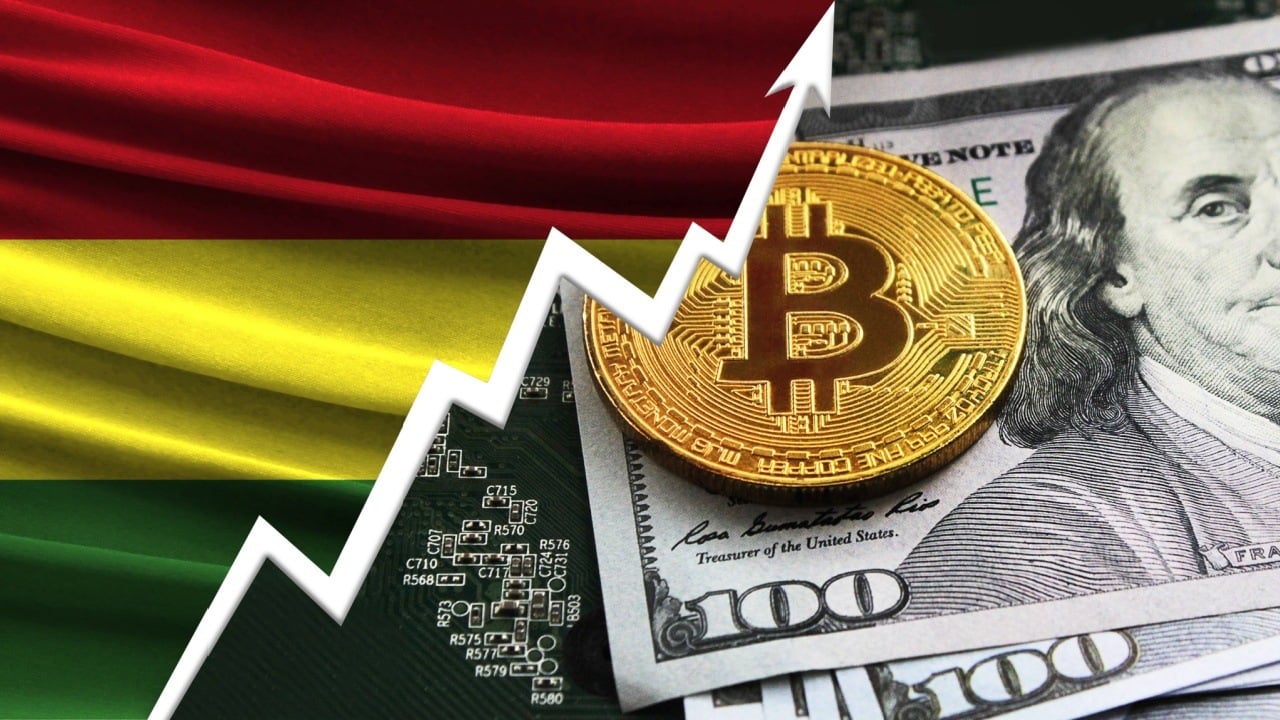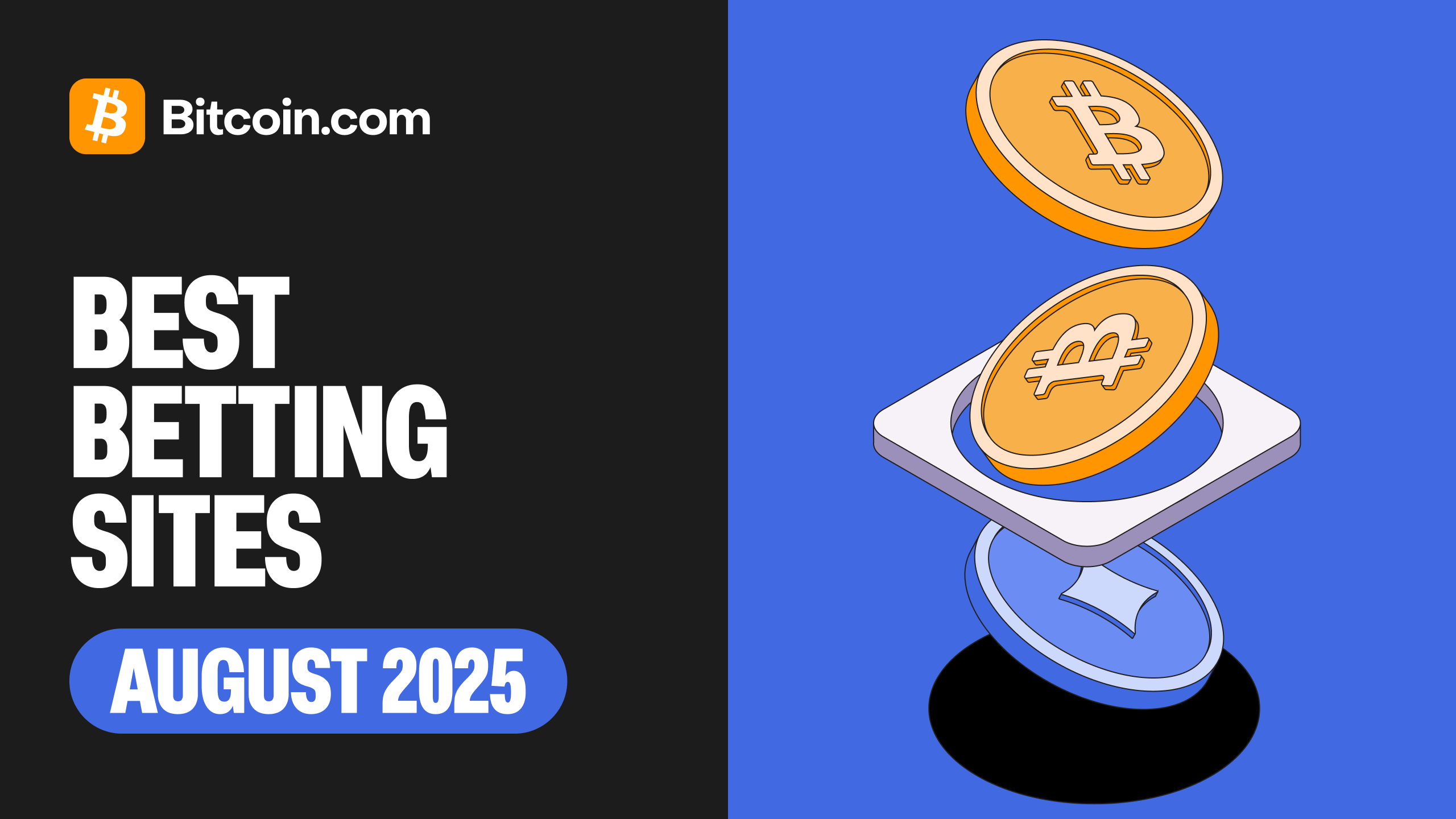Bolivia’s embrace of cryptocurrency marks a striking economic pivot driven by urgent financial pressures. After years of prohibition, the lifting of the ban on digital asset transactions in mid-2024 unleashed a surge in crypto usage, transforming the country’s monetary landscape amid persistent inflation and dollar scarcity. Understanding Bolivia’s trajectory from ban to adoption reveals critical insights into how digital currencies can become pivotal in times of economic distress and systemic currency challenges.
The Economic Backdrop: Inflation and Dollar Shortage as Catalysts
Bolivia’s boliviano, the national currency, has faced serious devaluation pressures, succumbing to rampant inflation and losing significant purchasing power on the black market. Official exchange rates have remained relatively stable, but shadow market rates tell a starker story—the boliviano trading at far lower valuations compared to the U.S. dollar, which itself is in short supply domestically. This scarcity of dollars constrains international trade and fuels economic uncertainty.
The intense inflationary environment strips ordinary Bolivians of financial security. Savings erode, prices escalate rapidly, and everyday transactions become increasingly fraught. In such a climate, digital assets, especially stablecoins pegged to the dollar like Tether (USDT), gain appeal, offering a portable, transparent alternative store of value and medium of exchange less vulnerable to local currency instability.
Regulatory Evolution: From Prohibition to Pragmatic Acceptance
In 2014, Bolivia’s central bank banned financial institutions from using cryptocurrencies, citing concerns over monetary stability and the potential for illicit activities. The digital asset ecosystem was dismissed as a risk rather than an opportunity. However, mounting economic pressures and technological adoption elsewhere eventually prompted a policy reversal.
In June 2024, the Bolivian government lifted the longstanding ban on Bitcoin and related digital assets, enabling regulated financial institutions to deal with cryptocurrencies through official electronic payment channels. Board Resolution 082/2024 opened the doors to mainstream crypto usage, legitimizing what had long been an underground and informal market.
The policy shift was not merely symbolic. It allowed businesses and consumers to engage in digital asset transactions legally and securely, marking Bolivia’s first formal embrace of cryptocurrency as part of its financial infrastructure.
Explosive Growth in Crypto Transactions: Data and Trends
The impact of regulatory changes was immediate and profound. Central bank data reveals that since lifting the ban, virtual asset transactions skyrocketed by over 530%—a sixfold increase within a year. Statistics show:
– Total crypto transaction volume jumped from $46.5 million in the first half of 2024 to around $294 million in the first half of 2025.
– Over the course of 12 months following the ban’s removal, digital asset transactions accumulated to approximately $430 million.
– Monthly figures hit record highs, with May 2025 recording $68 million in transactions alone.
– The number of virtual asset transactions ballooned, with over 1.1 million recorded between July and September 2025, a doubling compared to prior periods.
Such explosive figures underscore a broad-based adoption across consumers, small businesses, and even state-owned enterprises.
Crypto in Practice: Uses Across Society and Economy
The penetration of crypto reaches various layers of Bolivian society:
– Retail and Services: Small businesses and merchants, from beauty salons to fast-food outlets, offer discounts or accept payments in Bitcoin and stablecoins. Crypto ATM kiosks operate in commercial hubs, enabling seamless conversion from physical currency to digital assets.
– Energy Sector: Notably, the state-owned energy company YPFB has begun paying for fuel imports using cryptocurrencies. This unusual use case addresses acute dollar shortages and logistical challenges related to traditional banking channels, smoothing supply chain flow amid fiscal constraints.
– Remittances and Savings: Ordinary Bolivians increasingly use crypto platforms like Binance to preserve savings and transfer funds. The stablecoins’ dollar peg protects users from local currency depreciation, while the decentralized nature circumvents banking limitations.
The widespread use of digital assets signifies that crypto is less about speculation and more about practical financial survival and resilience against systemic monetary instability.
Challenges and Risks Amid Rapid Adoption
While the surge in crypto usage offers hope, several challenges lurk beneath the surface:
– Volatility and Education: Despite the popularity of stablecoins, exposure to more volatile assets like Bitcoin carries risks for uninformed users. Financial literacy remains a vital need.
– Regulatory Oversight: Bolivia’s regulatory framework is still evolving. Supreme Decree 5384 introduces licensing rules for crypto businesses, but enforcement and consumer protection mechanisms must keep pace with growth.
– Infrastructure Limitations: Access to digital payment systems, reliable internet, and crypto exchanges remains uneven, particularly in rural areas, potentially exacerbating inequalities.
– Illicit Use Concerns: Authorities remain cautious about possible misuse of cryptocurrencies for money laundering, though transparent blockchain ledgers also offer tools for proactive monitoring.
Hence, managing the balance between innovation and security will be pivotal as Bolivia integrates crypto into its economy more deeply.
Implications for Bolivia’s Financial Future
Bolivia’s crypto boom reveals a country compelled to innovate under duress. Digital currencies have emerged as a pragmatic hedge against monetary instability, dollar shortages, and inflationary pressures. By partially digitizing currency flows and expanding financial inclusion, cryptocurrencies may help stabilize informal economic transactions and introduce new efficiencies.
This transformation also signals a broader acceptance of alternative monetary systems by Latin American societies grappling with fragile economies. Bolivia’s pragmatic policy shift from ban to regulated adoption could serve as a model for other inflation-hit nations exploring digital assets’ benefits.
However, continued success hinges on crafting sound policies, investing in education, ensuring robust oversight, and building inclusive infrastructure. If these align, cryptocurrency could prove an enduring pillar of Bolivia’s financial resilience.
Conclusion: A Crypto Lifeline Amid Turbulent Times
Bolivia’s rapid surge in cryptocurrency adoption exemplifies how digital assets can transcend investment hype to become critical tools for economic survival. In a nation reeling from currency woes, inflation, and dollar scarcity, Bitcoin, stablecoins, and crypto payment mechanisms offer much-needed lifelines. The country’s experience underscores the transformational potential of embracing financial innovation under pressure—a story of pragmatism, resilience, and adaptation in a volatile economic landscape.
As Bolivia’s central bank records over half a billion dollars in virtual asset transactions within a year of legalization, the message is clear: cryptocurrency is no longer on the fringe but firmly embedded in the everyday financial fabric of a nation seeking stability in uncertainty. The coming years will reveal whether Bolivia can harness this momentum sustainably, weaving crypto solutions into a stronger, more inclusive economic future.





